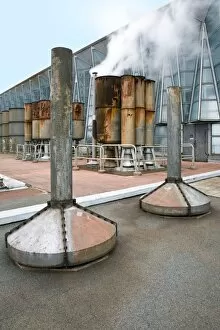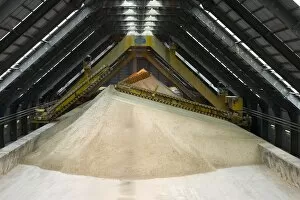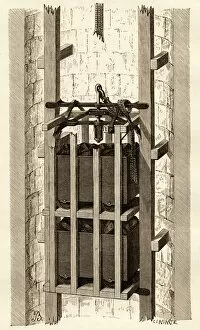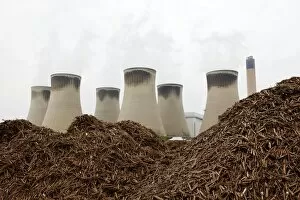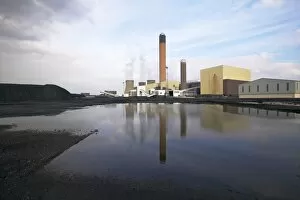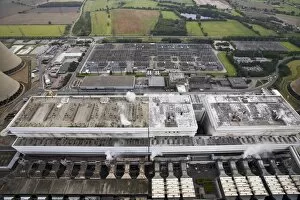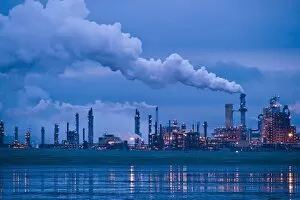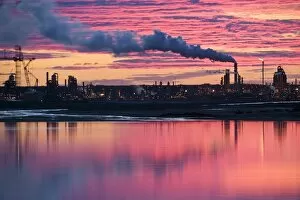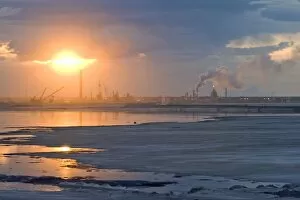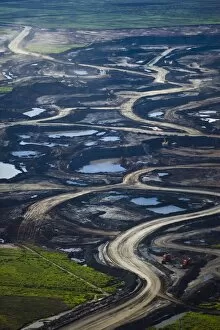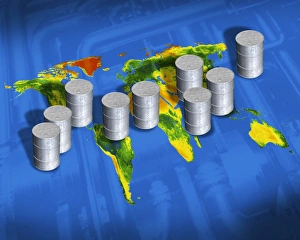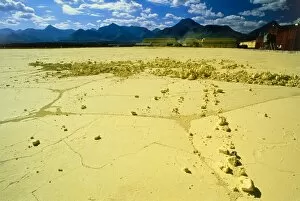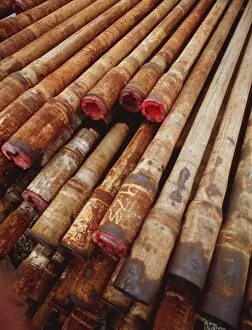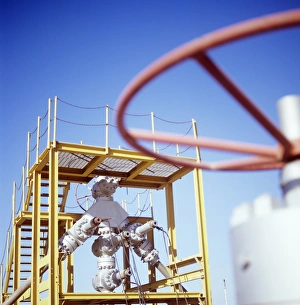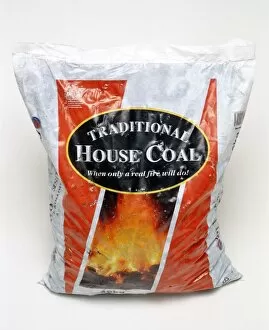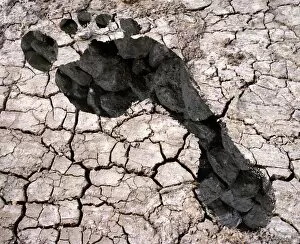Fossil Fuel Collection (page 7)
"Fossil Fuel: A Journey Through Time and Industry" Step back in time to the 1850s, where a coal mine in England marked the beginning of an era that would shape our world
All Professionally Made to Order for Quick Shipping
"Fossil Fuel: A Journey Through Time and Industry" Step back in time to the 1850s, where a coal mine in England marked the beginning of an era that would shape our world. The Retro Style Desert Scene with an old gas station and majestic Saguaro cactus takes us to the heart of America's love affair with fossil fuels during the mid-20th century. Innovations were abundant, as seen through the iconic 1960s paraffin heater, providing warmth and comfort during chilly nights. Meanwhile, a model of Murchison North Sea Oil Rig showcases how offshore drilling revolutionized oil extraction. Venturing into the depths of the North Sea, we witness towering structures like never before - from traditional oil drilling rigs to advanced jackup rigs that defy gravity. These marvels enabled humanity to tap into vast reserves beneath our oceans. But let's not forget our roots – an oil well from the 19th century reminds us of humble beginnings when black gold was first discovered on land. As demand grew exponentially, massive oil tankers became vital for transporting this precious resource across continents. The offshore oil rig emerges as a symbol of human ingenuity amidst challenging environments. Its silhouette against breathtaking sunsets or under starry skies evokes both awe and concern for its impact on marine ecosystems. As night falls, lights illuminate sprawling refineries that work tirelessly to process crude oil into various products essential for modern life. The mesmerizing sight highlights both progress and environmental consequences associated with fossil fuel consumption. From historical coal mines to cutting-edge technology in offshore exploration, fossil fuels have shaped economies and transformed societies worldwide. As we navigate towards sustainable energy alternatives today, reflecting upon this journey is crucial for building a greener future while acknowledging their significant contributions throughout history.





